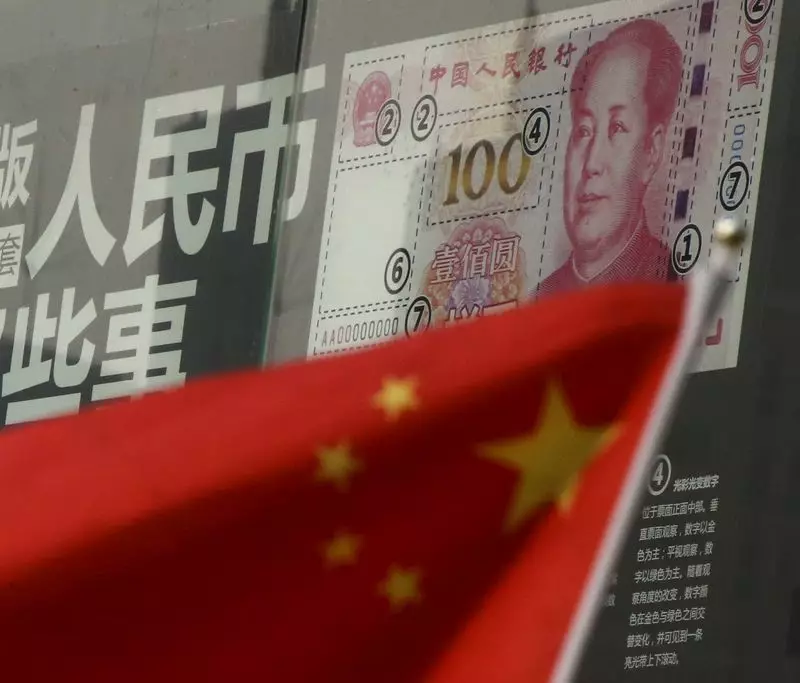In recent trading sessions, most Asian currencies have shown a slight upward trend, reflecting a significant shift in market dynamics related to U.S. economic indicators. The most recent inflation report from the United States has been pivotal, igniting discussions around the Federal Reserve’s monetary policy and potential interest rate cuts. Market participants are acutely aware of these economic signals, particularly as they align with ongoing developments in the Asian financial landscape.
The consumer price index data released earlier this week revealed an increase in inflation that reached its highest level in the past seven months. Although this uptick was anticipated, it has led to an overwhelmingly positive sentiment among traders regarding future interest rate cuts by the Federal Reserve. The probability of a 25 basis point cut next week now stands at an impressive 98%, a notable rise from the previous week’s 81% estimate, as reported by CME Fedwatch. This shift in sentiment has contributed to a 0.2% drop in the U.S. Dollar Index. However, despite this decline, many market observers remain skeptical about the pace at which the Fed might implement further rate cuts, likely postponing significant changes until 2025.
In China, currency dynamics are heavily influenced by domestic policymakers’ discussions and actions. The offshore yuan experienced a 0.2% decrease against the dollar, while the onshore currency remained relatively stable. Much of the focus now centers around the Central Economic Work Conference (CEWC), a critical two-day event where Chinese leaders convene to address several pressing economic issues, such as slowing growth and weakening consumption. Speculation is rife regarding potential moves to devalue the yuan, with suggestions emerging from insider sources that this may be a preemptive measure against anticipated trade tariffs set to be reintroduced should Donald Trump return to the presidency in 2025. This potential devaluation indicates an urgent need for the Chinese government to devise robust stimulus strategies in response to both domestic challenges and the looming external pressures posed by U.S. trade policies.
In South Korea, political turbulence has further complicated the currency outlook. The South Korean won experienced a modest increase of 0.3%. Despite this uptick, the political crisis surrounding President Yoon Suk Yeol escalated dramatically, with police attempting to raid his office amidst an ongoing criminal investigation. These developments have set the stage for potential impeachment proceedings against Yoon, making the political landscape a significant factor affecting the stability of the South Korean currency. Yoon’s defiant stance suggests a volatile environment, which could have broader implications for economic policies and investor confidence in the region.
The Japanese yen reflected slight weakness, declining 0.1% as market participants weighed the implications of global economic trends. Meanwhile, the Singapore dollar also faced marginal depreciation. Contrastingly, the Philippine peso noted a downward trend, falling by 0.3%, while the Indian rupee showed slight resilience with marginal gains against the dollar.
One of the most noteworthy performances came from the Australian dollar, which appreciated by 0.8% following unexpected positive employment data. This data saw unemployment dip, prompting speculation that the Reserve Bank of Australia might reconsider its approach to interest rates in light of robust labor market conditions. Although there is a prevailing sense that the RBA might initially maintain its current policy stance, many analysts suggest that a shift toward easing could emerge by the second quarter of 2025.
The Asian currency market is entering a period of notable fluidity, driven by U.S. economic indicators and regional political developments. As central banks and policymakers undertake critical evaluations of their strategies in response to these external pressures, investors will keenly observe how these factors play out in influencing currency valuations. The interconnectedness of global markets necessitates a vigilant and adaptable approach for stakeholders navigating this complex terrain.

